Top Of Funnel, Middle Funnel, and Bottom Of Funnel Explained
Last Updated: March 2, 2023
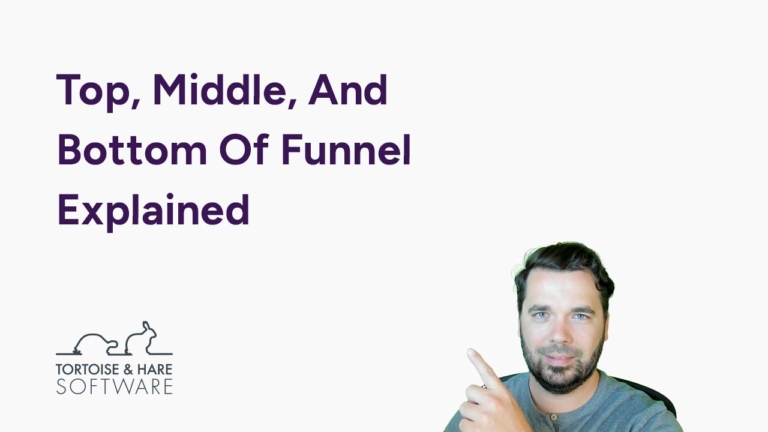
You’ve probably heard marketers talking about the top of the funnel, the middle funnel, and the bottom of the funnel, but do you know what they mean? Well, the truth is, it’s pretty ill-defined and has been muddled many times on the internet by people making their own interpretations. In this post, we’ll muddy the waters even further by defining our own take on the funnel stages, a bit duplicative, but nonetheless valuable as it helps us get on the same page with prospects and customers who may read this post.
There’s No Such Thing As A Funnel
First things first, there’s no such thing as a funnel because in truth people can enter and leave the funnel at various stages. For instance, a prospective customer can be referred to you, and enter the funnel at the very bottom because they are ready to talk to sales out the gate. They could also click on a paid search ad and call your business for a sales call, effectively skipping all the stages.
When we talk about funnels and channels and their relationships we are really talking more about a more traditional buyers journey where you reach a complete stranger with marketing collateral and nurture them over time until they eventually become a customer. It can take somewhere in the neighborhood of 10 brand interactions before a prospect is motivated enough to contact sales, which might look something like…
- Read a blog post
- See a few ads
- Opt into the email list
- Read a few emails
- Attend a couple of webinars
- Reach out to sales
- Make a purchase
Top Of Funnel
Here’s how we define the top of the funnel:
The top of the funnel consists of all the mechanisms you use to help people discover your brand for the first time. Top-of-funnel tactics should focus on reaching as many potential prospects as possible for the lowest cost.
Some cost-effective methods to reach people at scale include things like:
- Blog content
- Display advertising
- Social media brand ads
- Cold email
People cannot do business with a company they have never heard of. It’s essential to reach a large number of new people consistently with your marketing material to build an effective top-of-funnel. A number that’s often floated around in sales and marketing circles is that only about 3% of a market is actively buying at any given time. That means to reach 1 potential buyer you need to reach 33 decision-makers in your market.
It’s very hard to reach decision-makers specifically with laser precision so you need to be reaching a lot of people just to reach one decision-maker and chances are they aren’t going to remember your company on the first exposure. When thinking top of the funnel think of how you can get at least 10,000 impressions with your display advertising, blog content, or other brand awareness campaigns every month.
Top-of-funnel campaigns should have one objective – to create a memory in the prospect’s mind of your company and how they can help. Think:
- [Company X] does [Service Y]
- [Tortoise and Hare] does [online marketing]
- [Tech Co.] does [IT support]
- [Secure Co.] does [Cybersecurity]
Top Of Funnel KPIs
Remember top of the funnel is all about reaching large numbers of people in your market for a low cost so that you can generate brand awareness. People cannot do business with a company they have never heard of. KPIs for the top of the funnel include things like:
- Unique Reach
- Impressions
- Engagements
- Clicks
- Landing Page Views
- Likes
- Shares
- Comments
- Video Views
- Video View Durations
- Engagement Rates
Cost KPIs include things like:
- CPM – Cost Per Mili or Cost Per Thousand Impressions
- CPC – Cost Per Click
- CPLPV – Cost Per Landing Page View
Middle Funnel
Here’s how we define the middle funnel:
The middle funnel consists of all the mechanisms you use to help people consider your company as an option to meet their specific needs and convince them to reach out and engage with sales. Middle-funnel tactics should focus on education, engagement, and evoking an emotional response to your brand.
When creating middle funnel campaigns and content, you can make a couple of assumptions:
- People are aware of your brand
- People are aware of their pain point
- People are working toward finding a solution
- People are aware that your company may be able to help
Nurturing leads is a process that takes time. You need mechanisms to educate buyers through a buying cycle. How long that buying cycle is and what you should do to support it will vary, but a tried and true method way to nurture leads over time includes creating multi-format content that you can distribute across multiple channels, for instance, blog posts.
Blog content can be posted on your website, where it can be picked up by RSS readers, posted on multiple social media platforms, sent out via email, and is easily extendable with other multi-media formats like slide decks and videos. Distribution is the key ingredient in the middle funnel. Give people the convenience of consuming your nurture content in their preferred channel.
You need a blend of content to support your nurture program. This includes timeless recurring content that is posted over the length of your sales cycle, 90 days, 6 months, or whatever makes sense for how your buyers purchase. We use 90 days. You also need content that covers trends and interest stories for your audience so your content stream doesn’t get too repetitive.
Middle Funnel KPIs
Middle funnel objectives are to build an engaged audience that will reach out to your company when they are ready. Therefore KPIs in the middle funnel will focus on engagement.
- Email opt-ins
- Open rates
- Clicks
- Follows
- Subscribes
- Lead score
Bottom of Funnel
Here’s how we define the bottom of the funnel:
Bottom-of-funnel activities are all the mechanisms you use to generate leads and close deals from your audience. Bottom-of-funnel tactics should focus on asking for meetings and keeping your sales team busy talking to warm prospects.
At the bottom of the funnel, we have people who have had their 10+ brand touches and their pain has reached a point where it’s time to take action. Since you’ve been doing a great job so far at staying visible and educating them about how your company can help, you’re on the short list of people to reach out to or they are at least receptive to taking your call.
Effective tactics to move warm prospects over to a converted lead are things like:
- Running paid search campaigns
- Running retargeting lead gen ads on social media
- Sales team outreach (this is where lead scoring can be helpful)
- Asking for a meeting in your email campaign
Once the prospect has made contact and talked to sales, you still need collateral to facilitate the sales process, like branded proposal templates, 1 pager, rate cards, and other buyer enablement materials.
Bottom of Funnel KPIs
Bottom-of-funnel KPIs are probably the ones people think about when they think about marketing and the focus is going to heavily be on leads generated and how busy the sales team is.
- Raw Leads Generated
- Marketing Qualified Leads
- Sales Qualified Leads
- Opportunities Created
- Deals Closed
- Revenue Generated
See this post for more on the types of leads.
Wrapping Up
In this post, we reviewed how we are defining top, middle, and bottom-of-funnel activities. At the top of the funnel, we have activities focused on spreading brand awareness by reaching as many potential prospects as possible for the lowest cost. In the middle funnel, we’re focused on educating and engaging prospects who are already aware of the brand and are developing a better understanding of their pain and how your company can help alleviate it. Lastly, at the bottom of the funnel, we’re focused on generating leads from our audience by asking for meetings or capturing leads via advertising from people who have already shown interest and engagement.
Do you need help building out your marketing funnel? Tortoise and Hare can help. Reach out today to learn more about our online marketing solutions and the impacts they’ve had for our B2B technology clients.

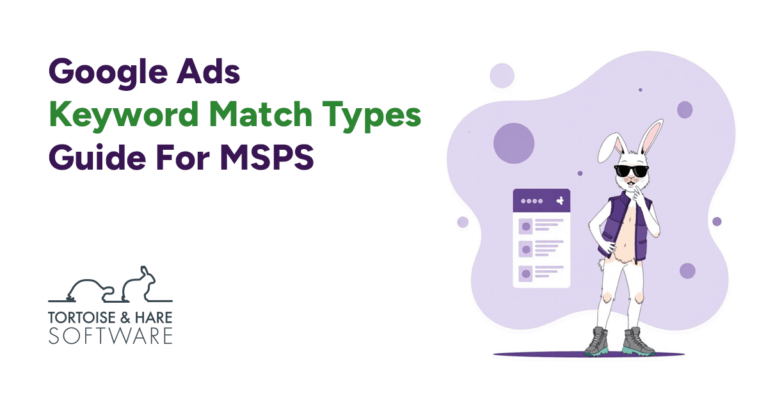
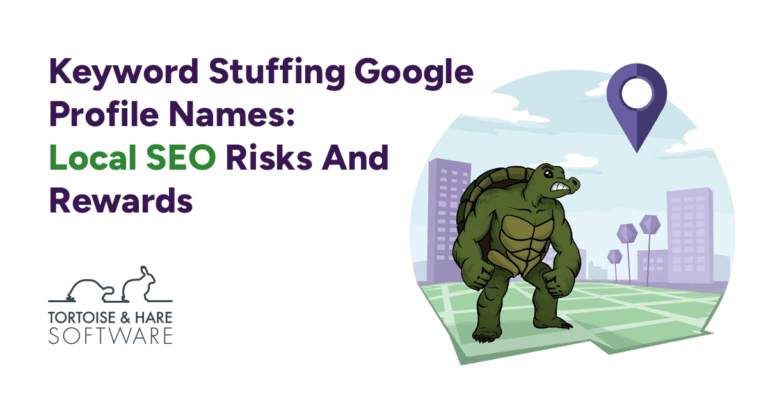

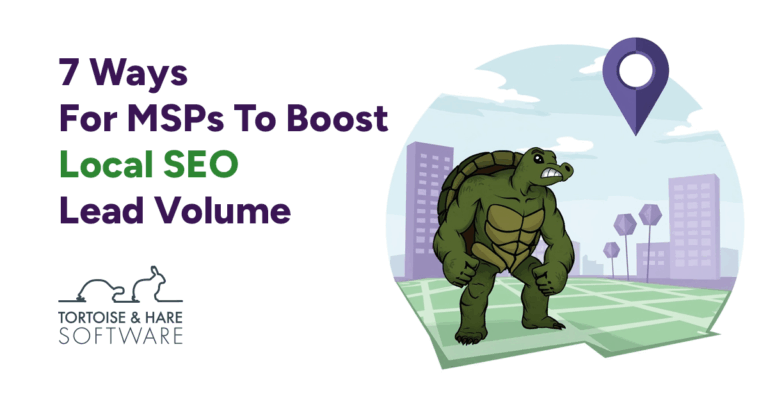
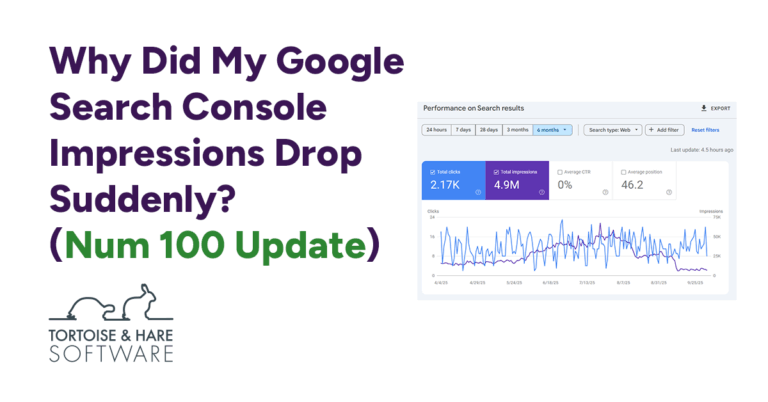
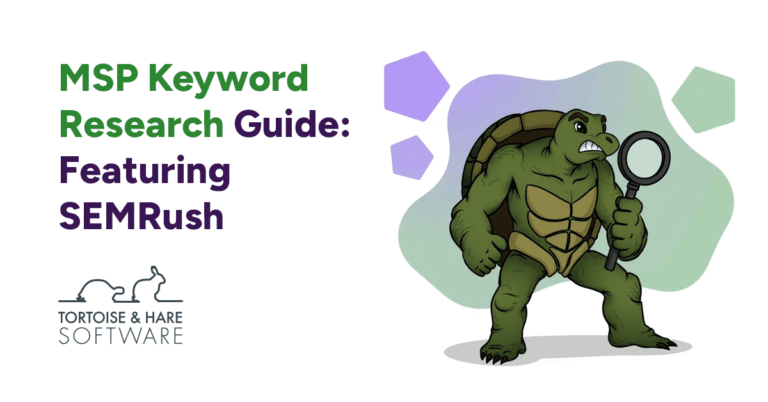
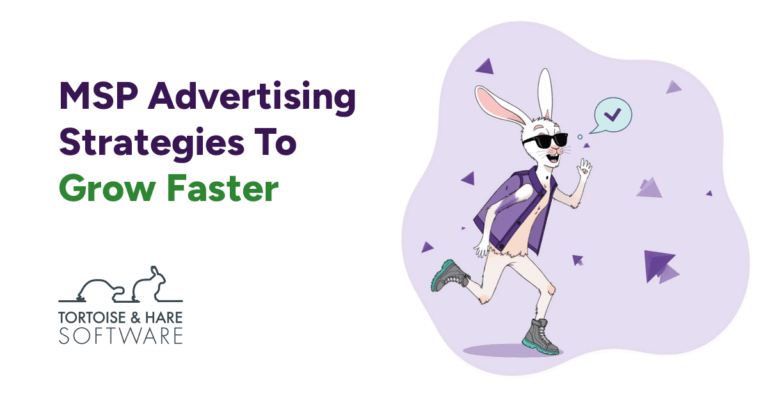
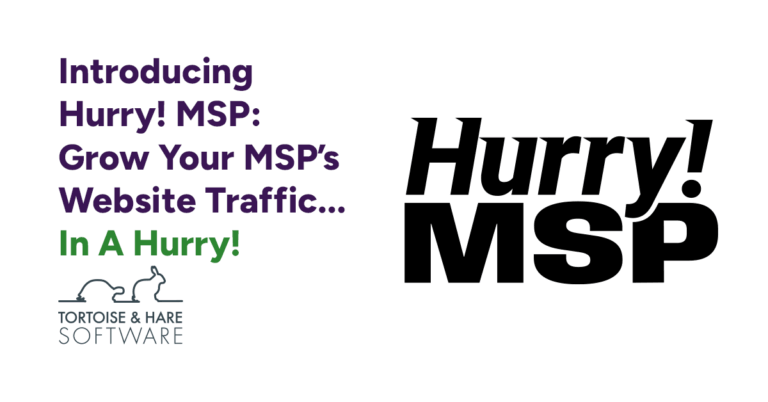
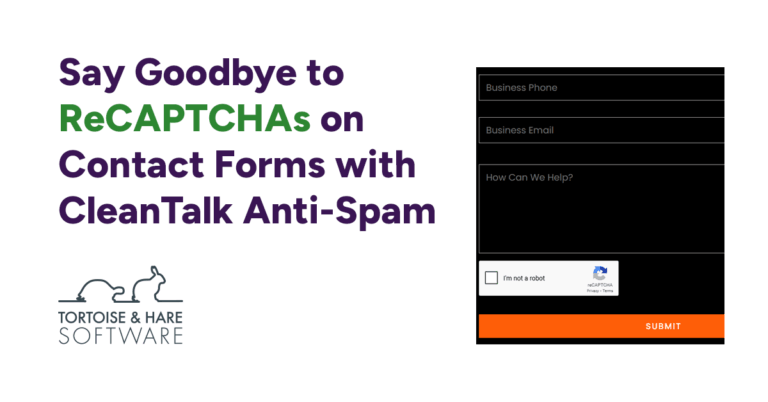
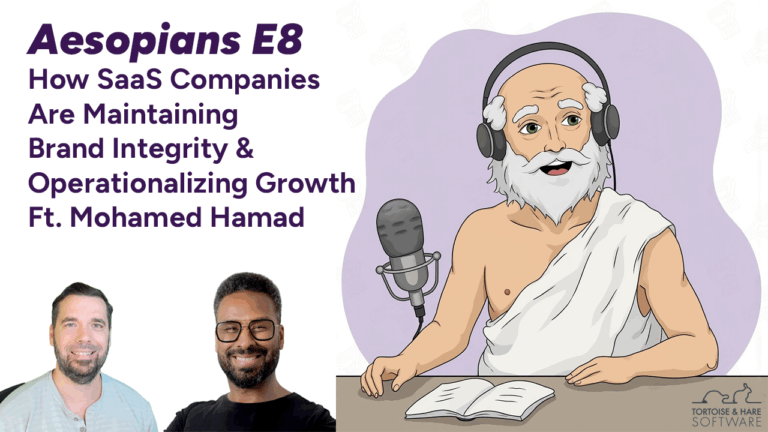
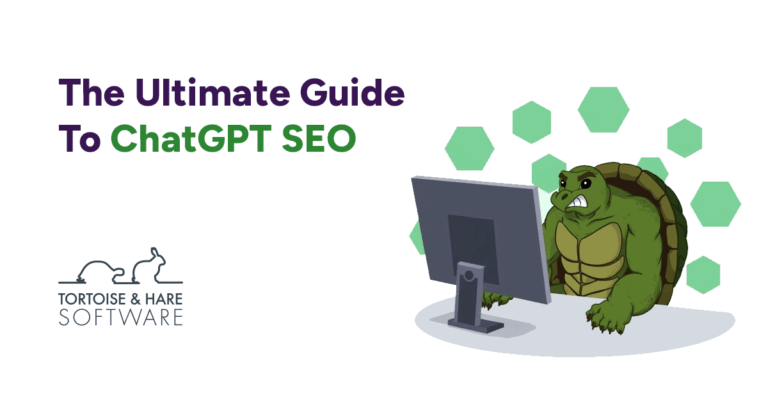
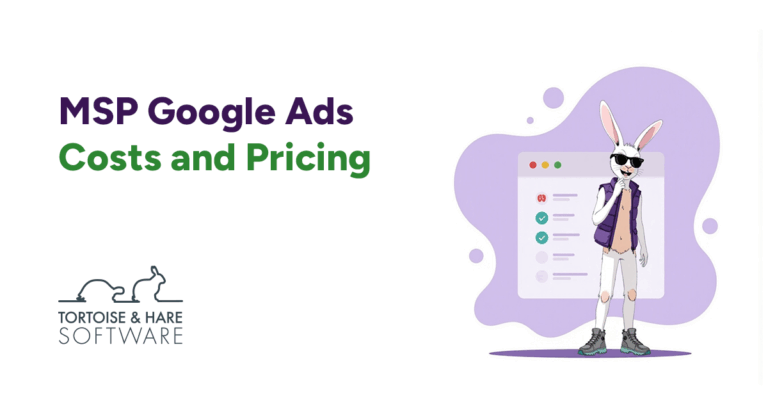
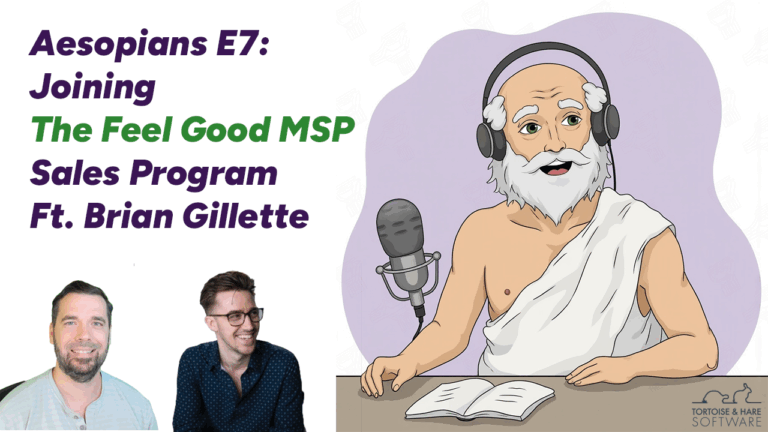
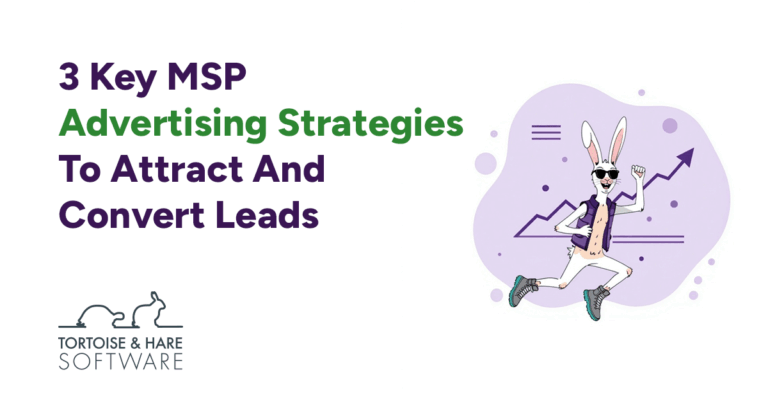
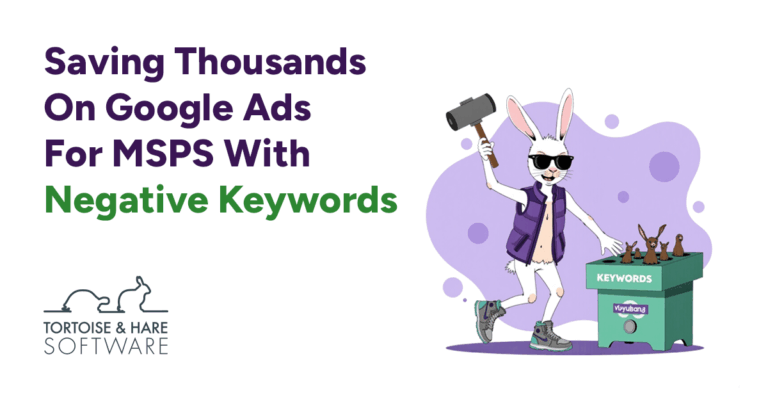
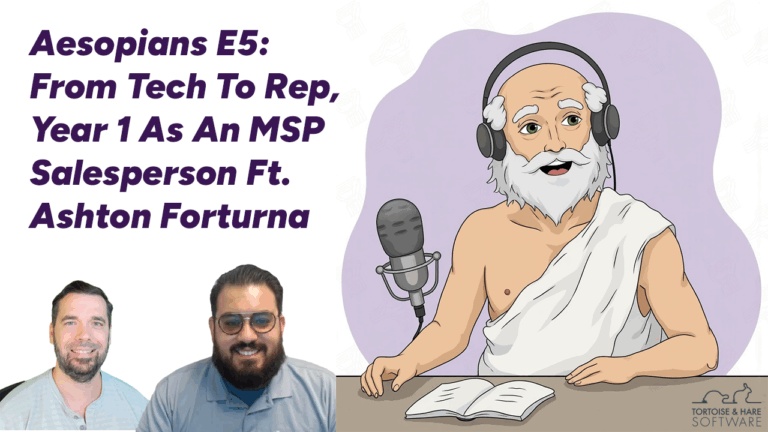

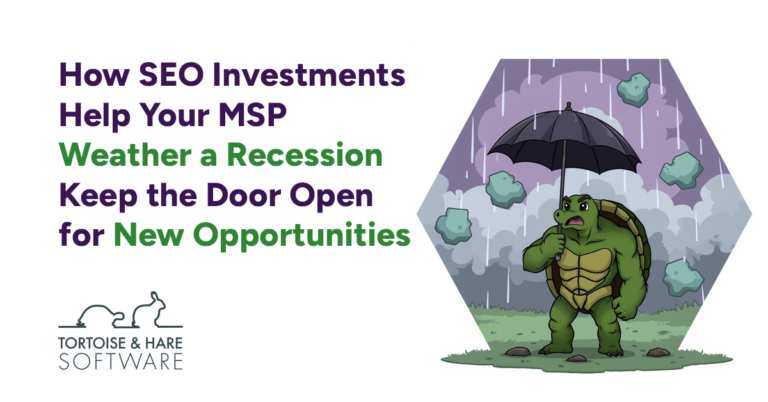
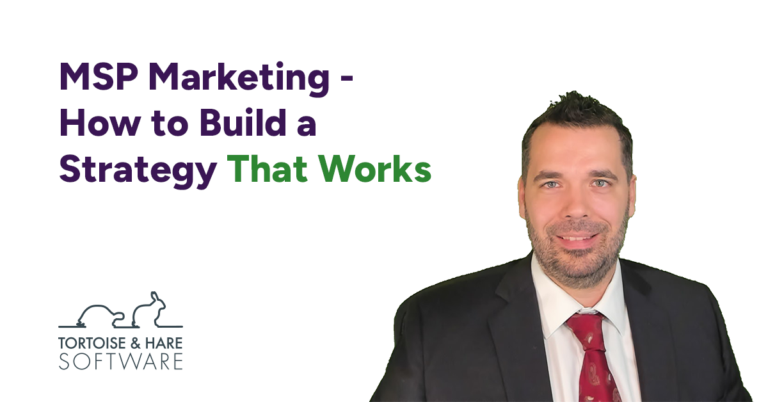
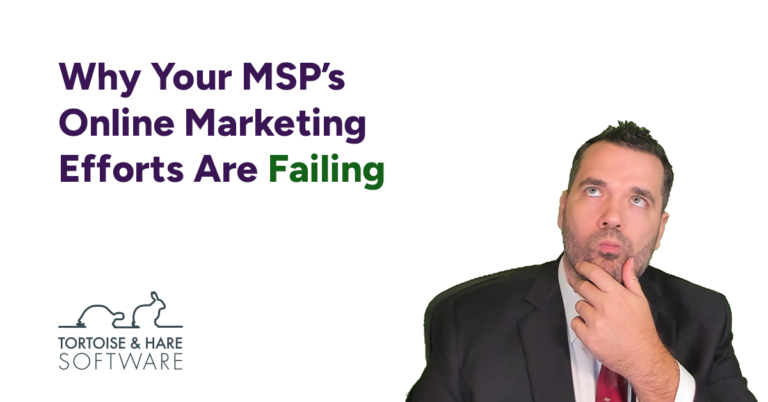
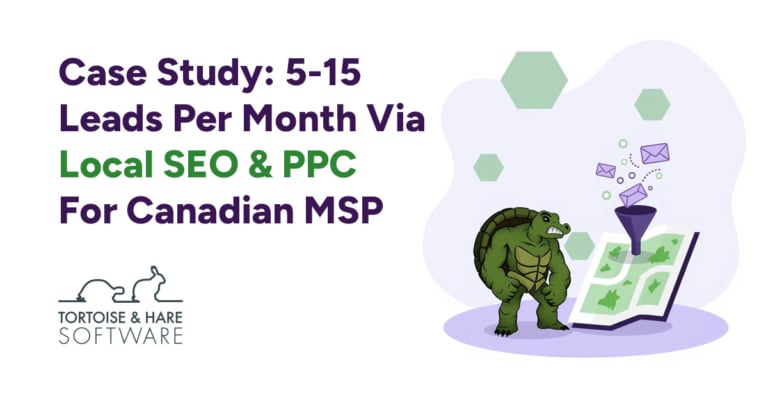






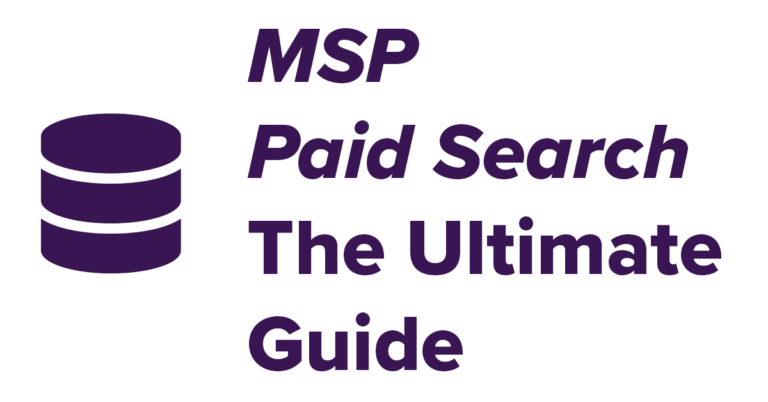
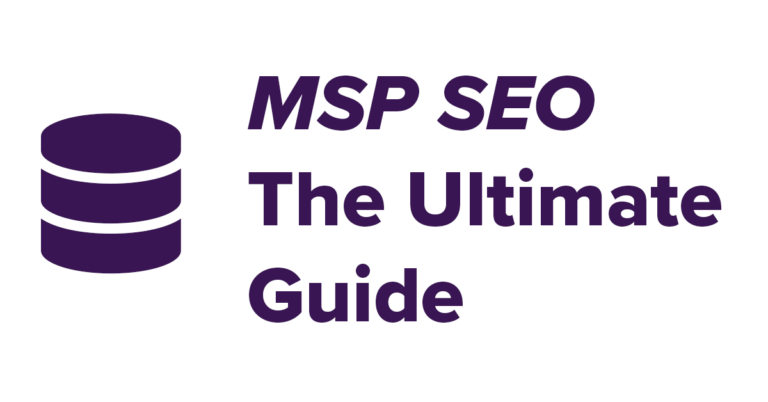


Leave a Comment